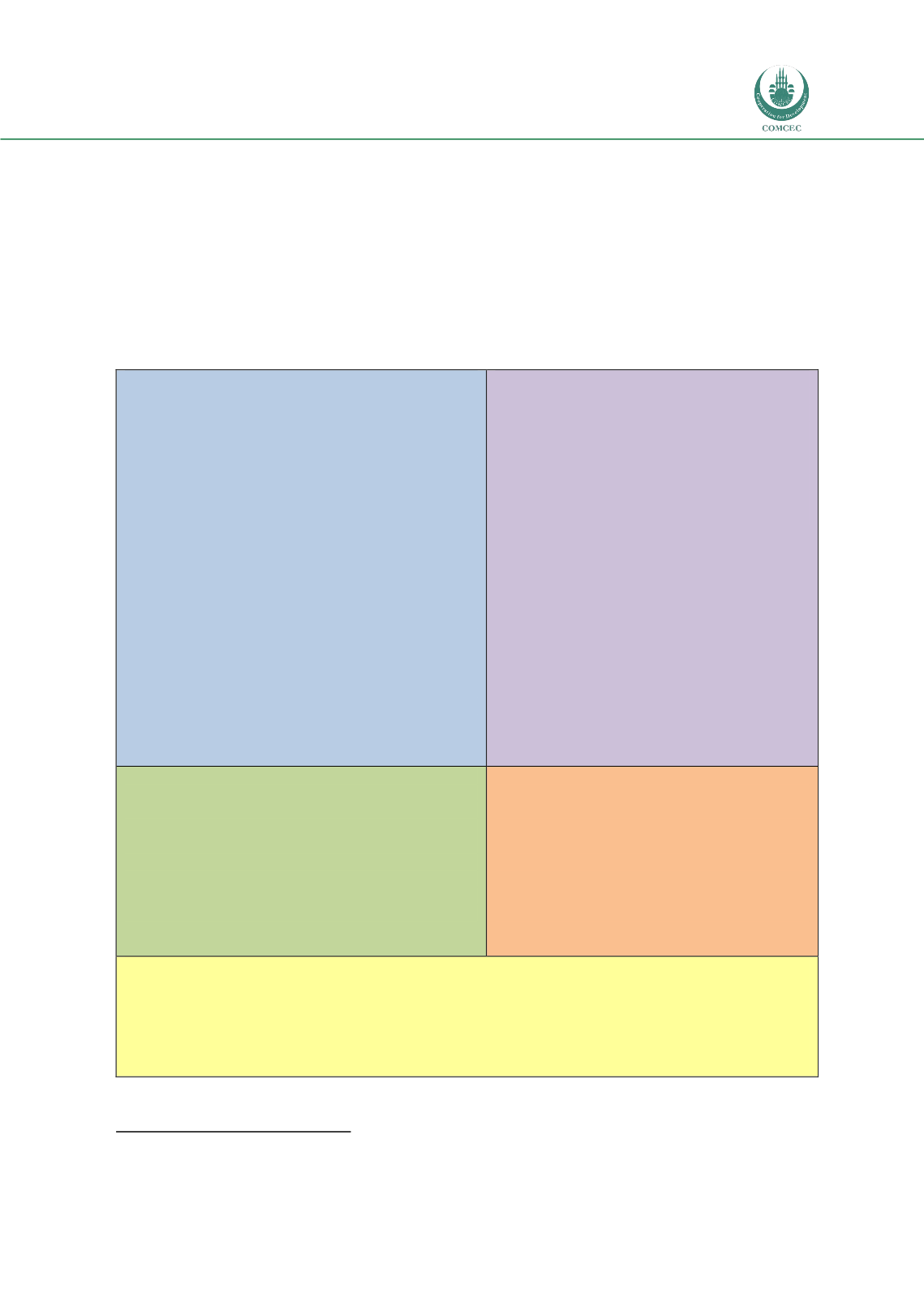

Improving Agricultural Statistics in the COMCEC Region
89
are presented as tables and graphs, and sometimes temporal comparisons are provided. Users
are kept informed of the methodology and quality via metadata available on TurkStat’s
website; any changes to the data are informed at the time that the changed statistics are
released.TurkStat grants access to both household and business survey micro-data in line with
the provisions of the Statistics Law. There is a regulation on the Procedure and Principles of
Data Confidentiality and Confidential Data Security in Official Statistics.
73
vii.
SWOT Analysis and Needs Assessment for Agricultural Statistics in Turkey
Table 54: SWOT Analysis and Needs Assessment for Turkey
STRENGTHS
Turkish Statistical Law meets the juridical
needs of collecting data
Existence of Official Statistics Programme
(2012-2016) and covers agricultural statistics as
well
Use of up to date methodology, international
norms and classifications
High quality human resources
Existence of online databases of agricultural
statistics as well as trades of agricultural products
Physical infrastructure for statistics are quite
good
There exits communication channels with
EUROSTAT, FAO and UN
Participation in international and EUROSTAT
meetings
Many projects conducted by means of EU
Grants and technical assistance on agriculture
statistics have been taken
There is a good relation between TurkStat and
MFAL and as well as other relevant agricultural
statistics providers
WEAKNESSES
A comprehensive farm register does not
exist to enable a reliable sampling framework
Annual statistics are generally based on
administrative records and estimates.
There is no specific unit only for
statistics at MFAL headquarter
Low statistical capacity in MFAL
Less integration in databases
OPPORTUNITIES
Demand for agricultural statistics data
Online Agricultural Statistics Database
All actors in the system are aware of the need
for harmonization with international standards
EU funds bring many advantages. EU funded
projects accelerates the improvement of
agricultural statistics with EU and international
standards
THREATS
The fact that the number of agricultural
holdings is very big and average holding size
is very small
Size of informal sector (home
production and consumption)
The excess burden on the respondents
Large demand on financial and human
resources brought by large scale census and
surveys
Budgetary constraints
NEEDS
Last agriculture census was conducted in 2001. New agricultural census should be implemented in
near future
Agricultural Holding Register should be established for implementation of the surveys
Improvement of the quality of administrative data
Stopping the erosion of qualified human resources
73
TurkStat,2014b and TurkStat,2014e.

















